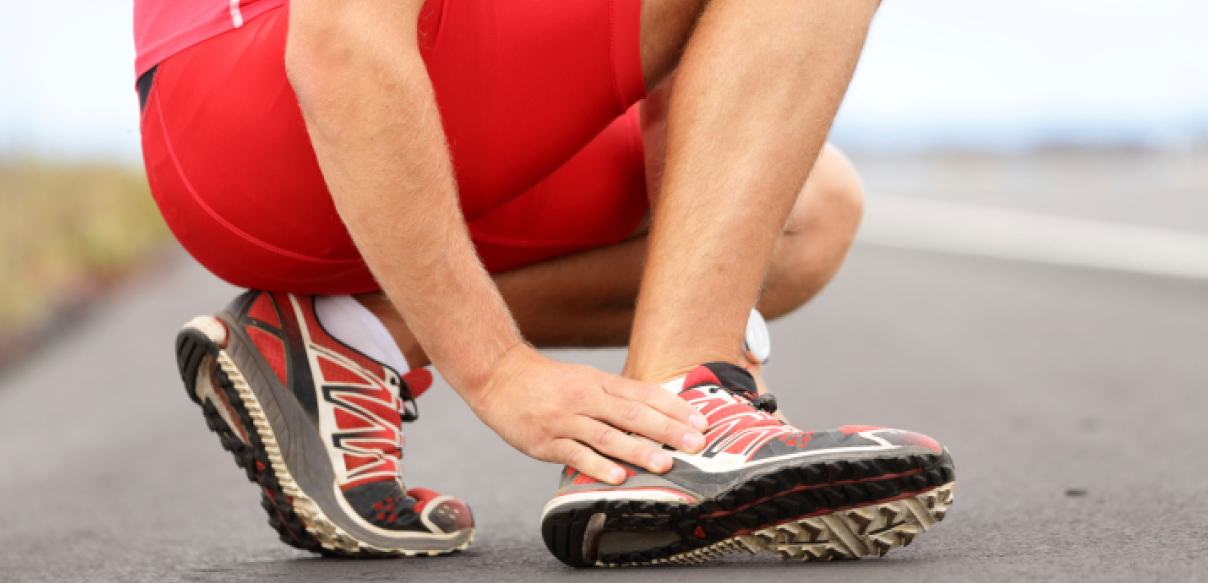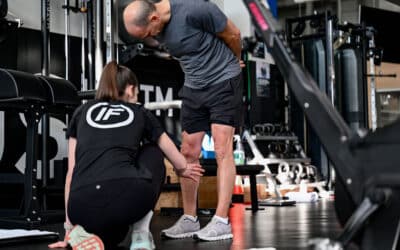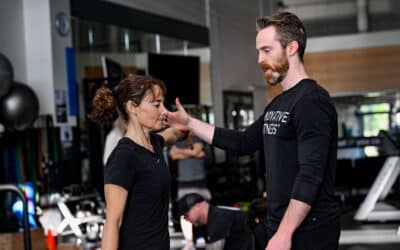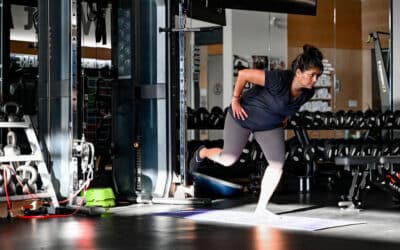Plantar fasciitis. If you haven’t had to deal with it personally, just ask around. Chances are you know lots of people who can describe it in great detail: stabbing heel pain and agonizing steps followed by a frustratingly slow recovery. Plantar fasciitis — an inflammation of the plantar fascia, a thick band of tissue that runs along the arch from the heel to the toes — has become so ubiquitous that sports practitioners can practically make the diagnosis before a patient even sets foot in their office.
Plantar fasciitis has become a mark of modern life, but it’s far from inevitable. Heel pain could become a relative rarity, assuming we are willing to take better care of our feet.
It’s definitely something you’d rather avoid given the choice. If your plantar fascia gets inflamed, you’ll probably feel knife-like heel pain as soon as your feet hit the floor in the morning. The pain generally eases throughout the day, but some people wince with practically every step.
Blame the shoes
Plantar fasciitis often strikes runners and serious walkers, especially if they’ve recently started going much faster or farther than their feet were accustomed to. Increases in intensity and frequency in ones fitness regimen is often a major cause of plantar fasciitis. It also shows up in a lot of sedentary middle-aged people carrying a little extra weight.
Whether they took the hard or easy road to plantar fasciitis, people are desperate for relief. Many try wearing heel cushions under the sore spot, but that misses the point, heel cushions have little effect. It’s an arch problem, not a heel problem.
We see a lot of individuals wearing the wrong footwear for their activity. Shoes like other forms of fashion sometimes have more fashion sense then functional sense. Currently the big trend is ultra-light freemotion or barefoot style shoes for running and training. I want to point out that there is nothing wrong with these forms of footwear if you are using them properly and they are right for your foot mechanics. Shoe retailers are in the business of selling shoes period, it’s up to the individual to determine what is needed for themselves. For example, if you are training in a functional or agility setting that has a higher impact effect on the heels or midfoot then a freemotion running shoe is probably not the right fit for that activity and you should look for something with a lot more cushion. However, if you are doing speed work on the track or field or running a 10K and are an experienced forefoot runner then a freemotion shoe is probably a good fit. Always fit your shoes for the activity you are doing and not for the trend at the time. In most cases individuals will have different shoes for different activities.
Another possibility is foot mechanics, and that is fixed through orthotics.
Orthotic insoles that support the arch can definitely help ease the pain. It’s a matter of determining the underlying contributing factors and eliminating the stress.
Runners or walkers with plantar fasciitis should definitely make sure their footwear is up to the task. If you exercise regularly, you need to change your shoes every three or four months, even if they look great on the outside, the support on the inside can wear out.
For treatment, stretching is frequently recommended, but there are other options. A growing number of sports doctors offer to treat plantar fasciitis with low intensity laser therapy, which involves increasing the local tissue repair, reduce pain and inflammation in the heel, and speed up heeling.
The take home message is to not ignore this issue because it will not go away and will eventually cause you to stop doing what you love. If you are noticing heel pain yourself then have your sports practitioner look at it immediately so you can get back to doing what love to do.
Dr Todd Marshall, DC, ICSSP, FRCCSS(C)
Fellow Royal College of Chiropractic Sports Sciences Canada
Internationally Certified Chiropractic Sports Practitioner







